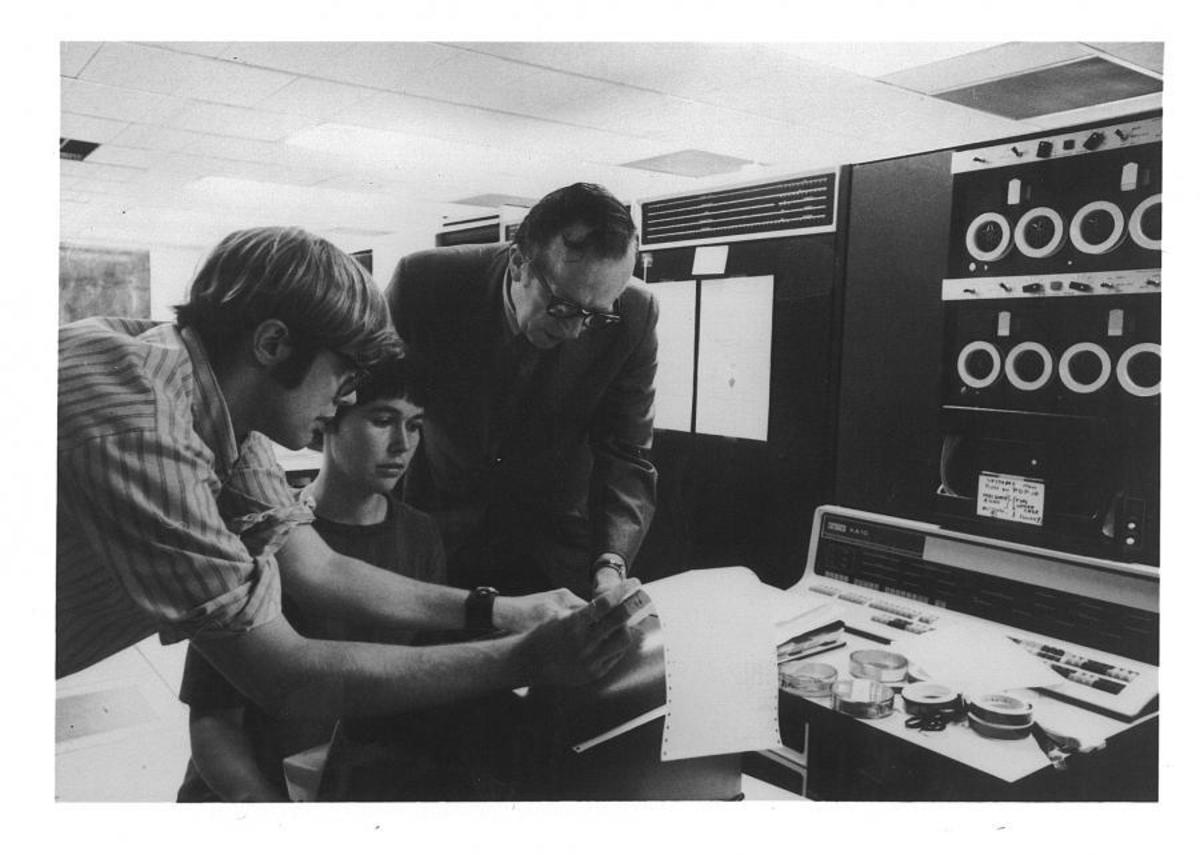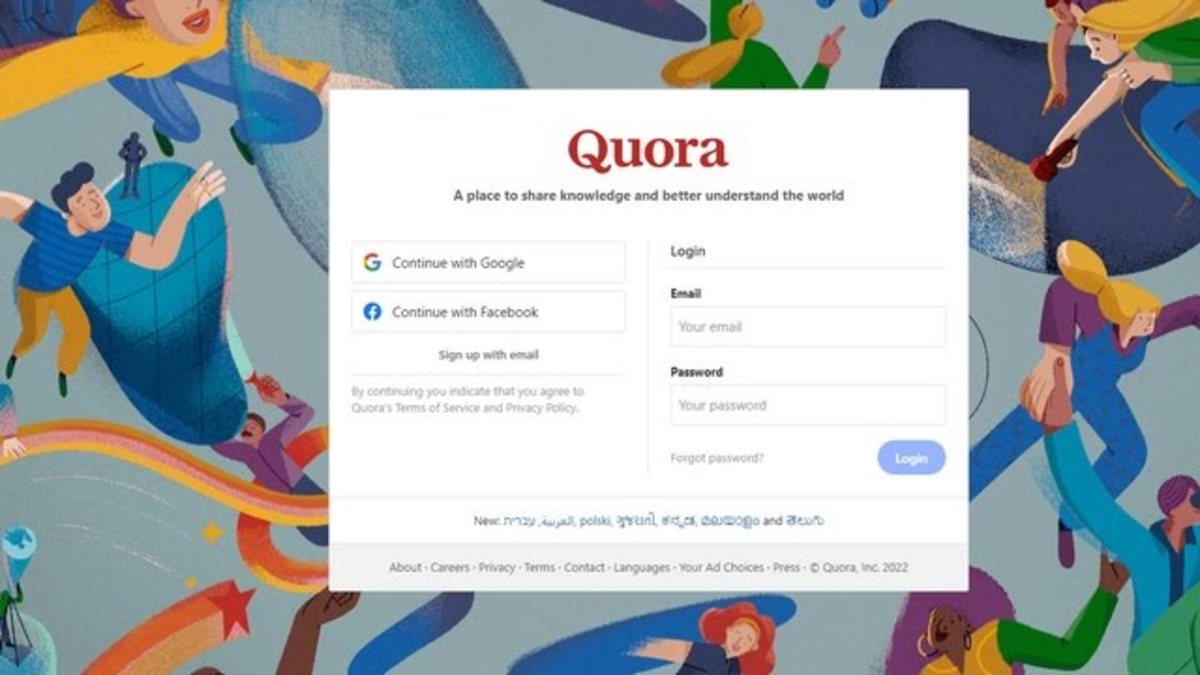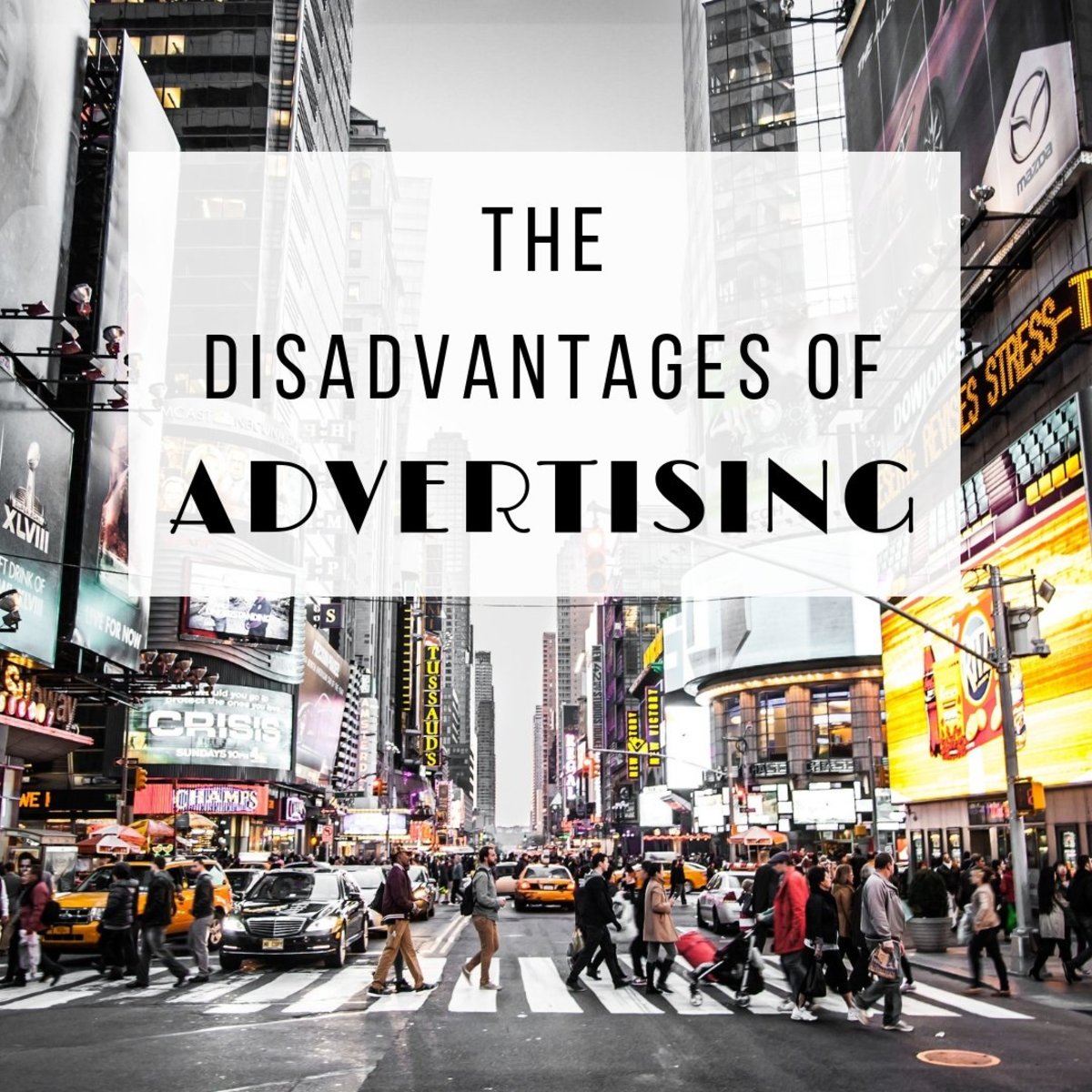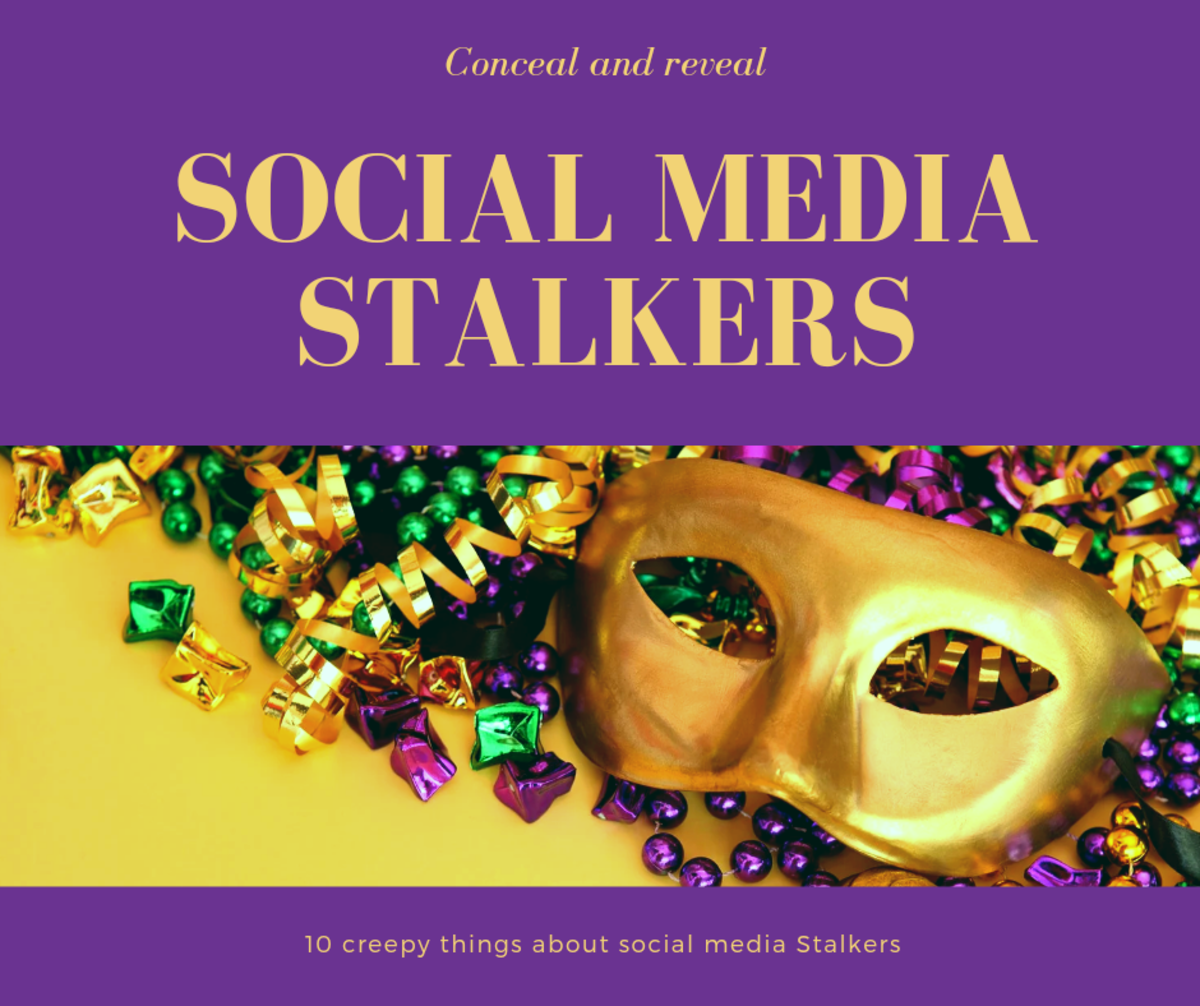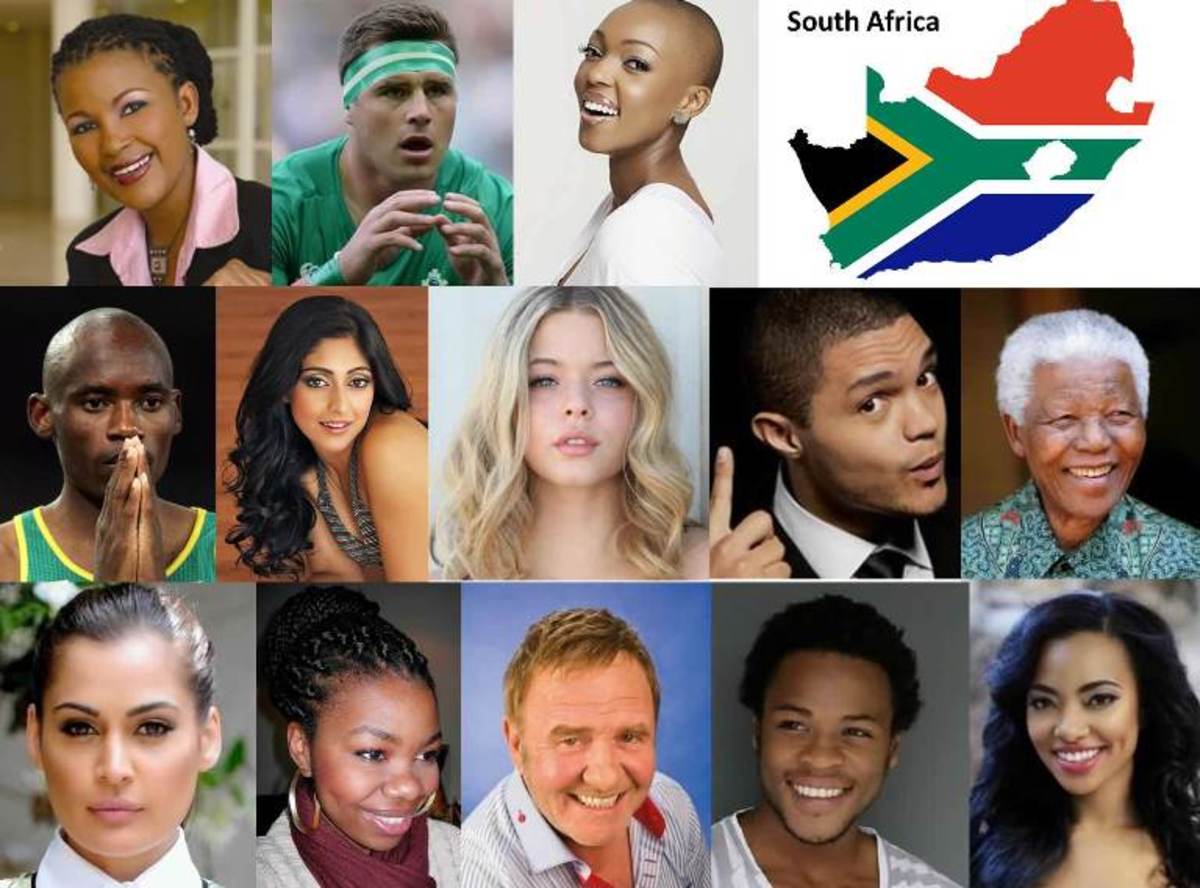Faking it till you make it, or just faking it?

Social media has received its fair share of criticism, some warranted, and others not so much. Today, I find myself in the same seat because of my new found reliance on Instagram and incentivizing me to think about platforms such as Instagram, Spotify, Facebook, Twitter, and YouTube. Youtube and Instagram are the two platforms I’m interested in particularly.
Defining the Boundaries
Before I move on, I want to say it’s clear that social media has many benefits for all that use it, if only because its consolidation of tools to communicate. Other than that, it gives me another option to send information which helps when other applications are not working, or formats won’t be the best for what I’m trying to express. Spotify gives me a catalog of songs that would have taken me years to accumulate, if at all. Youtube is the same but in regards to video content, which is easier to consume while doing something else. Facebook, though I hate it, did at least introduce us to the modern set of tools of social media platforms. That’s all I’m going to give you facebook. Instagram works basically as people artistic resumes, which some people use to get gigs.
These platforms also offer a wide variety of ways of expressing ourselves. One, in particular, is now what called stories — small episodic clips we use to show what we have done, is doing, or is going to do. Most of the stories at least that I watch resembles a story of someone’s day before the platform deletes the clips. Clearly, social media has added to our well being in many ways. However, here is what i think I don’t like.
The first thing any critic has to do is to define what they are critiquing and make sure they are not critiquing a part of a much larger whole or a dynamic, open system. Most of us do not consider social media as similar to other forms of media, only slightly. What I want to do in this following section is to see what common traits all forms of media share to understand how similar they are. The forms of media I’m referring to is television, radio, print, and ultimately, language and even body language. Before I explain what I mean, I would like to clarify what I mean by media. When I say media I’m referring to content such as news, gossip, entertainment, and information. These are the main products of media.
In the book “Society as a Spectacle,” by Guy Debord, Debord wrote, “The spectacle is not a collection of images, rather, it is a social relation, mediated by images.” This quote means that, instead of people communicating directly and honestly with truthful information with the assistance of images, people’s interactions are being shaped severely by images crafted by the media, people with power and the masses themselves to unscrupulously gain the upper hand by creating a narrative of reality. Besides the malicious intent, Debord is highlighting, what he is implicitly stating that the purpose of media is to mediate relations and responses to enhance our relationships by informing and entertains us. What is physically necessary to do this are platforms which messages sit upon, and a medium which contains the message. To understand this, Think billboard and poster, or video-sharing platform and the video itself.
To be clear, There can be several layers of platforms that support a medium, as we refer to phones and apps as both platforms for different mediums. This perspective is right if you don’t distinguish between what can be called a base — that which the platform sets upon — such as the building that a billboard is mounted. However, it does not matter that much at this point to call them either bases or platforms. Regardless, the dependency on platforms and mediums to communicate are the traits that all forms of media share. When we thus look for the first ever platforms and mediums, we discover that the roots of media firmly begins with biology. Concerning human societies, the medium and platform are, of courses, the vocal cords and the body as a whole. The body acts as both the platform or medium at times, such as when we dance, point, and move while in a specific emotional state. The difference between the body and vocal cords and other forms of media is that the body and voice are much more temporary and intangible. These two attributes make use consider spoken word and body language as not being a form of media, but clearly, this is not the case. Amongst other lifeforms, the body and vocal cords are also the medium for signaling and communication, most notably during mating dances and before a fight when an animal tries to make themselves look larger to communicate strength. Beyond biological organisms, we see no other form of media per se thus marking biology as the lower boundaries of media as a category, and platforms and mediums as technical, structural boundaries that distinguish it from other physical things.
What distinguishes one forms of media from another is the physical dimension, shape, and composition of both the platform and medium associated with each of them. These features can be thought of as the third boundary, or an internal boundary. These features are important because according to the physical characteristics of the platform and medium determines the amount of information that can be transmitted, consequently the total value that can be transmitted at one time. In other words, what I’m talking about is screen size and the size of the medium(poster, banner, post, video), putting aside pixel quality. This is analogous to the pipe and amount of water flowing through the pipe. It’s not, however, the post itself. No one post can deliver more value, on average, than the collection of post that contains that same post. All of this means the area dimensions of the screen determines how many posts, notifications, We can receive. Mind you, I’m not referring to bandwidth. That has to do with data coming to the phone, but the information transmitted to us through an app and screen is different. Information can come to the phone or be inside the phone without the user even being aware. To give an example other than digital phone screens, it is the length and width of the poster and billboard that determines how much info we can intake. For video, it’s similar to the equation of continuity in fluid dynamics — the area of the screen at two points in time, which is analogous to volume, and that area over time.
you can also add the size of the units of information(post, font, images, video), but that has more to do with the information contained in the medium.
The fourth and fifth boundaries are time and individual ability to take in and digest information that the medium is presenting. Regardless of the size of a screen, our eyes and ears can only take in so much content based on how fast our brains and senses can process, store, and react to that information. we know this i is the case if you image scrolling through a social media site; Each time you only see a small fraction of What’s being presented to you and click on a smaller fraction of that. We most likely “consume” between 50 to 100 post every time we go online for sights similar to Instagram. For youtube, we may read that many titles but only watch 5 or so videos an hour.
Furthermore, with sites similar to Instagram, we choose to consume content in 5 to 10 minutes spurts during breaks between the busy moment in our day. For other sites like Youtube, the consumption can be for several hours, but not continuously. This lack of screen space is the main reason behind optimizing what people see when they log in on a platform. While there are millions of people uploading content every second, there are only so much that is relevant to each user. So algorithms can’t be what wrong with social media site. Curation of content didn’t start with a social media platform, but with governments, theater owners, tv producers, and publishers.
putting this all together — screen area, time, the human capacity to consume — this makes disposable income and time an excellent metric to measure roughly, emphasis on roughly, what the limits of consumption over considerable periods.
It’s clear that value and engagement are subjective. However, different income levels on a very macro level correlate with different value systems. One example being how middle-class people emphasis independent thought and reflection when it comes to operating in both the social and corporate arenas, verse lower income groups emphasizing obedience and collective action. So income on a very macro level can act as a general metric that can be used to construct a temporary scale of value. On a more specific level, the amount of reciprocity, innovation, and the number of Artificial limiting factors — people that don’t reciprocate resources — that exist in a community. These factors determine growth and income in a market with other competing communities or groups competing for jobs and resources. This determines the prevalence of media in a particular environment, i.e., how much it exists in social networks. To keep it simple, we can use income, but to be a little more specific disposable income. Regardless of which we choose, this is possible if we hold the assumption that people with high incomes need a more expensive product, services, and information that’s harder to come by or construct to grow their wealth and knowledge by a reasonable margin. The Solow model of development seems to suggest something along these lines.
Furthermore, we also must hold the assumption that the things that marginally increase the rich net worth would increase a low-income person’s net worth by much more, if not just because wealthier people have a demand for it. For instance, A vacation destination for the rich and famous. Because an established wealthy person may cross similar places, often their tolerance is much higher than poorer people. So with all things considered, low-value content is thus correlated with the masses and the poor, while high-end content is correlated with the wealthy. This includes luxury items, but more crucially high-value machinery, institutions, job positions, artwork, skill sets, events, cultural capital(way of speaking and acting), and other assets.
Status, and Social roles
Now that we have discussed the structure, we can talk about incentives associated with media. Sociologists determine that we can classify some of these characteristics as achieved or ascribed states we exist in, i.e., social statuses. Ascribed statuses are statutes that a person is assigned at birth or assumed involuntarily later in life. A few Examples of ascribed status are ethnicity, gender, and age. Familial status, group affiliation, job titles, human are a few examples of Achieved statuses. No matter which one it is, Each social status comes with different social roles — sets of behaviors, obligations, and privileges. We also have various social statuses ( father, manager, heterosexual, Indian, American) called status sets with role set that corresponds with the status set. Statuses constitute the position a person occupies in a social group and defines their relationship with other members.
In any case, At varying times, different social roles contribute to the growth and maintenance of the individual and group, and so are bestowed value respectively. This means different levels of honor, privilege, information, and subsequent wealth. Most importantly are varying levels of effort to each role that exists in a community. Just think of the difference in physical effort demanded by an office worker versus a construction worker. These types of variation in difficulty to perform said role puts a premium on influencing other members of a group to do or act in a certain way. Communicating and influencing others have other advantages such as lowering the cost to perform their social roles, increase the quality of the job done through collaboration, gain access to something they consider valuable, avoiding shame and punishments, and most relevant to social media, to impression manage and social climb to a more valuable social status. No matter which one is the goal, they all must eventually be a value add reciprocated to those offering help and information. If not we either communicating, cut them off completely, or punish them in some other way. We see the same thing amongst animals as well, suggesting its biological roots.
Understanding sold for entertainment
Here I want to go over some of the features that i think are linked directly to the root of the problem I find with social media.
Over many years as we evolved and as societies developed, and so did the benefit of influencing those around us, especially for those at the bottom of the social ladder. Out of these psychological techniques of survival arose, Techniques such thinking tools, figures of speech, tools for interpretation, conflict resolution techniques, and the concept of norms and taboos to deal with interactions. One set of techniques developed out of all of this was one vital weapon that I think is the most destructive of anything any living creature has made sense. That is the techniques of exploitation and assault. These are techniques to deceive and damage others. We typically think of the good and evil as realities that only can exist as a duality, but I think the knowledge of good and evil is not so inseparable, and possibly could have developed at separate times. Considering we can easily hate someone but not know how to get back at them or hurt them how we want, seems to suggest this is the case. It does take knowledge of these techniques to do so, but i digress. Strangely though, these techniques of exploitation can manifest in many different ways as we shall see.
Free access to platforms I find is exploitative of the people that provide the content and developers because it is trying to extract value from the thing that we use in our own lives to grow or wealth at the expense of the people that manage these platforms. Free access puts them into a position where they become subservient to not us but also to those that pay them, i.e., advertisers. Historically, this has been the case since the first radio, and tv shows were broadcast across the country. I mean the first kinds of tv show produced, soap operas, literally the product name soap of the company that funded them. Advertisers have played the role of financier to drive sales since the beginning, effectively making the essential news and information we use as just a division of their marketing department.
One way media platforms are optimized to drive engagement and sales is to make them massively interconnected this has several effects on our minds and social groups. One is that it broadens the pull of content they can curate and also broadcast to each user. The interconnectedness of these platforms also makes us believe there is some network effect going on. — The increase in value and connectedness by way of more and more people becoming apart of the network.- It gives us a sense of community and belonging without people interacting with the idiosyncrasies of our “personality” and the confirmation that they are enjoyed them in real life. This slightly false illusion ultimately results in the sense that we are apart of a global community. Furthermore, just like with tv, radio and print when you do something on social media because for the owners of the platform see your content as a product to sell to other users to drive sales by its interconnected architecture there is no stopping something from going viral and affecting our social status. This degree of vulnerability is not just a reality for individual users, but entire institutions and political movements as we all now. So we even more incentives to be the best you at least on these platforms.
The interconnectedness also offers us the option to compare ourselves to others every time we get on. Social media becomes much more than an option to communicate with everyone we know but the sole way of communicating and managing how people perceive us. These aspects are further optimized through discovery pages like the one found on Instagram. Facebook does not have something equivalent to the discovery page that exposes the user to content from around the world. They only have a news feed that exposes us to content from the people that we follow, and of course, the companies that pay them to advertise to us.
Just seeing content made by people from around the world is not enough, however. What further promotes engagement and unintentionally the constant comparing of other users to ourselves is features such as likes, comments, view counts, subscriber numbers, and insight pages that give us detailed analytics. Analytics lets us know what and how much people are liking a certain kind of content, how fast our content is going viral if it does. It as acting as the perfect metric to help us understand precisely how liked we and our content is and how to act to increase likes.
When I say act I’m mean act. Going back to the part where I discuss the value of content and optimizing platform screen space, the problem I think people are bringing up about curating content is with promoting content to increase use or what is now called “watch time,” which thus far have been referring to when I have been talking about engagement in this section. However, it is not just the owners of these platforms that optimize; it is the users that optimize passively by following and liking, but promoting certain content. Each content creator is also limited by screen size, but also by other content creators competing for that screen space. To optimize, they try to carve out a niche which defines the narrative, or message, of the life of their career as a content creator. Though most platforms have global reach the “market size” for a type of content is limited due to everyone not liking the same things roughly. Content creators are also limited by the total net worth of their immediate social network that they are apart of in real life. So we can draw a chart of the actual life span of every career of a content creator, no matter if they are an artist or lifestyle content creator. It goes up sharply for the most popular ones and tappers out at once they reach peak demand for the narrative they are providing, effectively representing market saturation for that narrative. At the other end, it slowly drops. Like I’ve kept insisting throughout this article, this is nothing new. We can see parallels with movie stars and other talented people now to go beyond that point or get to that point the struggle can be immense, causing what is usually referred to as burnout. A good explanation of burnout is when a person is putting more effort into something than what they are getting in return over a sustained period that eventually depletes them. I think this can happen for that does not have a super large following. Many new artist experiencing this when that go back to putting their work out and really push for exposure.
We all subconsciously notice or are aware of forms of burnout and so we try to optimize the content in some way, shape, or form. Both the platforms and the creators of content being incentives by the hyper-awareness of social status shift, profit, and negative impact of shifting social statuses, and ruthless competitions we are almost completely hypnotized to perform for the cameras and embellish the content they create. In other words, these actions manifest as people going out of their way to create high-value content, that resembles a lifestyle of the wealthy. Also, content that is exclusive in another way. These are physical features and activities that can be considered rare to come by in a society that almost exclusively appeals to the base sense, i.e., sex and beauty. This content as the assumptions i outlined earlier appeal to both the rich and poor, which makes the best product to sell to their users and followers. As a consequence, this content begins live on screens everywhere someone looks creates a pressure akin to peer pressure to consume it with everyone else, or least to pretend to have the status of being in the know and being able to see value in the content itself. They are essentially saying “since it’s everywhere it must be good, right?” or as Debord put it, “the spectacle manifests itself as an enormous positivity, out of reach and beyond dispute. All it says is: “Everything that appears is good; whatever is good will appear.” “
None of this would be possible if we didn’t already use techniques of exploitation and assault as strategies to get what we want out of people at their expense. Beyond social media and media, ultimately in our everyday conversations, we continuously paint a picture of ourselves, or what Erving Goffman the sociologist, in his theory called the dramaturgical theory of social interaction, called impression management. This really what Personal relation departments and firms do. Even the name personal relations if a veil for what it is truly. From the person that invented the entire concept of Personal Relations in the early 1900s, Edward Barneys, it is propaganda. The book he wrote on the subject of personal relations is literally called propaganda.
i don’t think it’s as malicious as I’m putting, however. I think sometimes people misunderstand our actions. Also, as i said earlier, when we speak the truth in what we put out and advertise, it brings real value. Beyond that, I think changes and managing our social status is the main biological incentive to use and consume media. Communication and entertainment are just a consequence of our desire to alter our current biological and social stat. Without the desire to impression manage, we would simply settle with messaging apps that come with our phone, and media our closest friends produced.
Techniques of exploitation and assault.
So at this point, propagandizing by both individuals and institutions is the real reason we are obsessed with media so much. Social media platform being a place for communication is, at best, a distant third to its real purpose currently. To communicate, we must be honest and open. These features currently built into social media platforms don’t foster honest communication but virtue and status signaling. However, it not because we stop talking to each other on these platforms, but because we stop transmitting information that resembles anything real. Just as arguing with false information and made up subjects matters is akin to arguing about the stats of your favorite wrestlers as if the companies producer and CEO didn’t determine every single wrestlers’ win/loss ratio from the beginning, we are merely trying to prove fallacies. No one would ever consider that they had a real conversation with some if they later learned that the person was hiding most of the relevant information about themselves and what they do. The communication is at best one-sided, at worst exploitive of both parties in effort only to boost credibility. All of this made worse when social media is solely your only form of communicating and information gathering. The world becomes virtual, and so does our emotional experiences and empathy towards people.
Merely due to the act of posting on these sites, we incentives each other to promote an embellished idea of our life, a classic game theory dilemma. There are, of course, many techniques of exploitation, but the ones I’m stating that we are using here are ones associated with social media. Positioning, conspicuous consumption, self-commoditization, virtue signaling, filtering of information, and of course, status signaling is specifically the ones I’m talking about. However, we can refer to all of these collectively as it should be called propaganda.
This, as a result, creates the environment where our progress and struggles themselves are commoditized in the name of profit, which we give our consent to by simply not paying for access and information creators provide. From the heartbreak to sexual encounters and acts of charity are sold to the highest bidder as if they were just staged performances. By commoditizing our lives, it turns someone’s progress into something akin to a staged performance and trivializing it as if progress does not suggest solutions to someone else problems. The only thing matter is the story. as Tyrion from The Game of Story said. “there is nothing more powerful than a good story.”
On the extreme end, we learn how real a story can become. In 2018 on the social media platform WhatsApp someone created a false story about a serial child kidnapper in India. This story quickly went viral in both rural areas with the lack of alternative news sources and large urban cities. This lead to the lynching of 20 innocent people. This entire incident is the worst of commoditizing someone’s fear in the services of people who care less about checking sources if they even have that ability.
Unfortunately, since we have always propagandized to each other, we assume that we are expressing ourselves when we do produce content. We are not aware most of the time how much techniques of exploitation are apart of every goal we pursue, goals as small as going to the grocery store. Based on the information filtered by institutions and us the masses that we received, we form an idea of what quality and what true expression look like. The pursuit of creating “hits” and viral content, which to us is a mark of mastery, is never questioned. Eventual this pursuit matures int a game to post the best content.
The Consequences
So what does all this come to? First off, I don’t want to be too extreme, this is not true for everyone and certain types of content, such as memes, does reflect something real. However, even memes and casual users content have some level of embellishment to them according to who is putting them together. What determines the level of embellishment correlates with how much a person sees themselves as a brand. The more they self-commoditized, the more likely they are willing to propagandize, or in their words, manage their public relations.
Besides not communicating and the false social reality, specifically for those that participate in personal branding too much, the consequence of propagandizing we become isolated from each other. As a consequence, collaboration drops. We spend most of our time and effort building up a narrative of ourselves and not skills that have nothing to do with that narrative. However, this gives us the sense that we are growing all the while our real earning power continues to drop. Subconsciously we become more dependent on pretending even more. This is how people who fail at creating a marketable narrative about themselves end up working low wage jobs. However, on the other extreme, those that deny entirely participating in impression management also end up in low wage jobs.
Another result of thoroughly engaging in media is that we amass a considerable amount of content and items that are to no end not aligned with personal problems and desires. There are people now that are living with entire living room sets and wardrobes that we’re purchased to look more skilled and up to date, though if they were already where they wanted to be would never think to repurchase the same things. There are people out there that when they have time off loves to read for hours on end, but who can only stand in their homes looking at the modern couches they bought that they can’t sit comfortably on to do what they like to do the most, all for the American dream.
The same thing is the case when it comes to relationships. We amass a collection of relationships that are partially formed to help create the narrative we package and sell to the people we follow. For those that do follow us, they unconsciously support and encourage this narrative to be pushed to eventual limits. They become the sources of income that we become solely dependent.
Eventually, we either transcend the mask and see ourselves as the chooser of the things we have in our life and retroactively justifying it or begin to sense that we have built a prison for ourselves that if we try to knock down puts at risk our livelihood as well as our brand. At these kinds of crossroads thus is the exact place where the feeling that we are not our true selves originate. It is the sense of alienation from our real personalities and our labor., as Karl Marx would put it, Only being a product for the market and not a person that the market was made to serve. No matter how much we travel the world, create, and talk to the people that say they love us, it all seems false.
Does this all mean that being famous and rich? No. As long as we bring real value to people and not pretend to do so, it is a necessary reality. When we lie about who we ironically become like those reality tv stars we complain about. We must stop treating knowledge as an arbitrary experience to be sold and not to be used to say something else that is true. We have to stop allowing companies to define what progress looks like by controlling the narrative and exposure to information.
We can’t allow them to continue, as Noam Chomsky has said in his book of the same title, to manufacture consent. Side note, if you want a real model to understand everything I’m talking about i recommend reading that book. Regardless, we should start by paying for content to loosen creators dependency on advertisers dollars and algorithms choosing what we should see. We have to necessarily start voting not just at the ballot box but with subscription services to promote the ideas and people that promote those ideas that genuinely represent what’s actually going on in the world. If we don’t, they will continue to determine how our homes, cities, and communities are structured, at the same time claim we are in control of our culture. It’s either an inflated urban environment that’s too expensive to maintain or one that is suited to things we actually enjoy.

